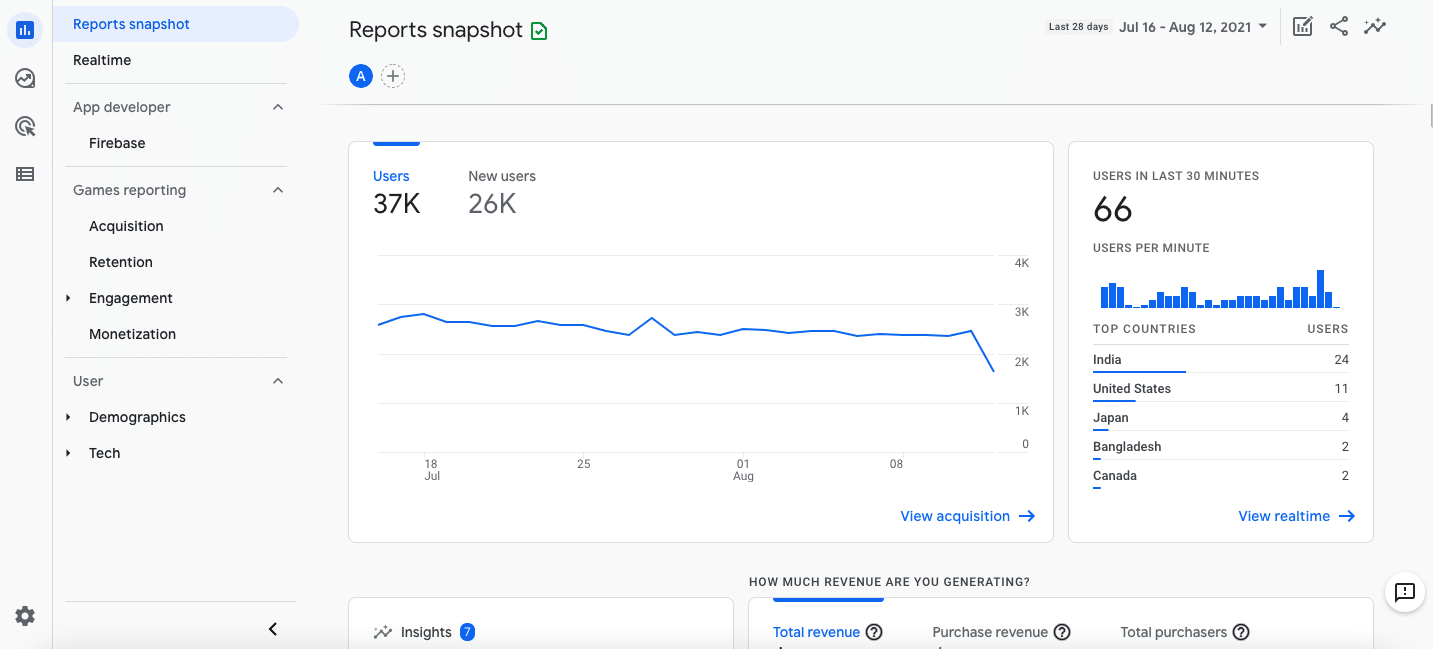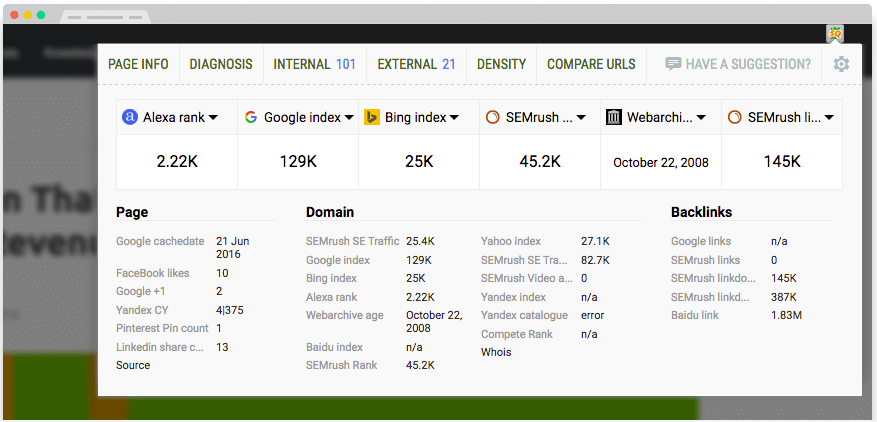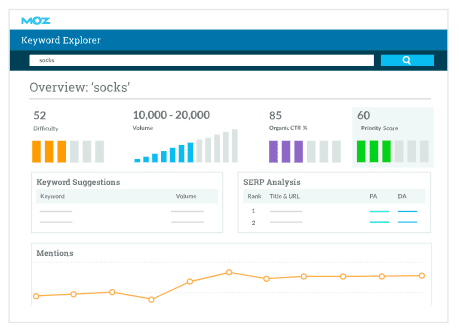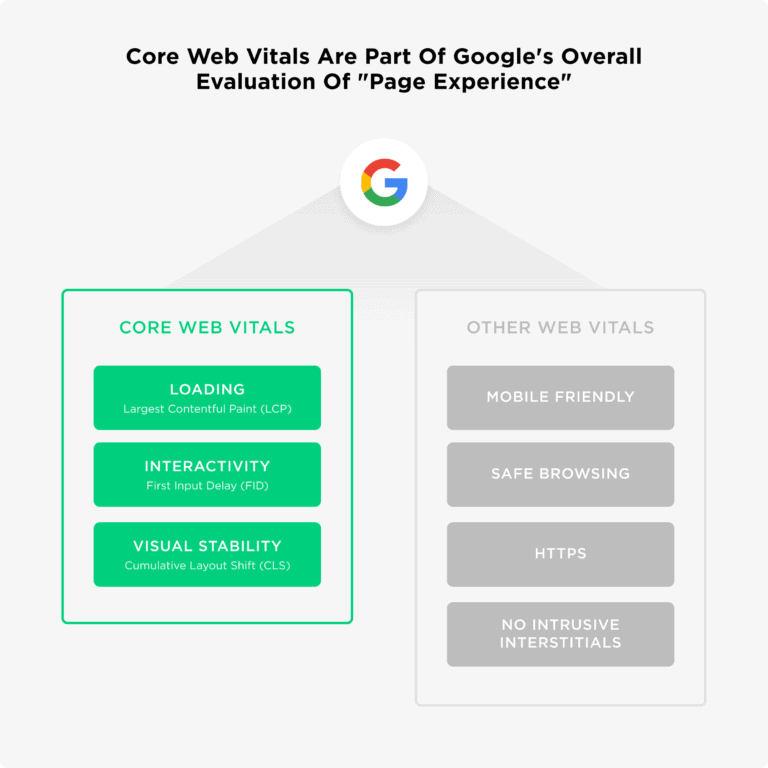5 Tools to Help Optimise Your Website SEO

Google Search Console – free
Google that helps you monitor, maintain, and troubleshoot your site’s presence in Google Search results. It also helps you understand and improve how Google sees your site. With Google Search Console you can find out which keywords currently rank on your website, the mobile-friendliness of your website and if your website has any crawl errors. It will also highlight important website-related metrics including clicks, impressions, average click-through-rate (CTR), and average position.

Source: Google Search Console
Google Analytics – free
Although Google Analytics has a paid version for large enterprises, the free version works perfectly for Individuals and small to medium-sized companies. When paired with Google Search Console, you can easily manage and evaluate your websites SEO data from one location.
While the Google Search Console monitors, debugs, and optimises your website, Google Analytics will help you to understand and improve your SEO. Great features include the ability to filter your referral traffic and remove spam or fake referrers, as well as report generation to help you understand how customers are interacting with your site.

Source: Google Analytics Demo Account
SEO Quake – free
SEOquake is a powerful Google Chrome extension that automatically checks a web page’s SEO parameters quickly and for free. This includes on-page SEO audits, internal and external link review, real-time URL and domain comparison, keyword analysis and data file export.
It has a great link examiner feature where you can access internal and external links on any webpage, including URLs, anchor texts and link types to see how they are performing. SEO Quake also allows you to audit your website to identify any SEO-related issues so you can fix them.

Semrush – from $119.95/month
With Semrush, you have access to an elaborate dashboard with over 40 tools that will report on the performance of your website. It analyses the data for you and gives you instant recommendations on SEO, content marketing and advertising that can help you improve your online visibility.
Semrush will also gives you access to the world’s largest database of 20 billion keywords, 310 million ads and 17 billion URLs crawled per day. It will let you know which keywords on your website are ranking, what the page’s rank is for a keyword, the keyword’s monthly search volume, and more.
Semrush even have social media publishing and analytics tools to help you optimise and manage your social channels. If you’re not sure SEM Rush is right for you, they offer a 7-day free trial so you can test out their features before making a commitment.

Source: Semrush
Moz Pro Tools – from $99/month
Moz Pro is an all-in-one SEO toolkit dedicated to helping your website increase traffic, rankings, and visibility in search results. Its tools include site audits, rank tracking, backlink analysis and keyword research. Moz pride themselves on being the most highly correlated metric with actual Google rankings available today.
Moz will crawl and audit up to 3,000 links on your website, alerting you to any issues so you can fix them fast. in order to help you optimise your pages to maximise the potential of your content and keywords. With Moz, you can also optimise your link opportunities, it will help you find new ones and maximize the effect of those you already have.
If you’re not ready to commit to a paid plan, you can do a 30-day free trial. Alternatively, Moz also offer a number of their tools for free.

Conclusion
Bonus: Google Core Web Vitals
As you may or may not know, Google are planning on making some big changes with how they rank web pages. The update will begin rolling out in mid-June 2021 but won’t play its full role until the end of August.
In May 2020, Google announced their new ‘Core Web Vitals’, a set of specific factors designed to determine a webpage’s overall user experience, rewarding websites that provide a smooth and seamless UX. Core Web Vital are made up of three specific page speed and user interaction measurements:
- Loading: Largest Contentful Paint (LCP) – the average loading time of the main content found on a page.
- Interactivity: First Input Delay (FID) – the time from when a user inputs an action or command and the page executes it
- Visual Stability: Cumulative Layout Shift (CLS) – how stable a page is as it loads
You can check your site’s Core Web Vitals data in the “enhancements” section of your Google Search Console account (mentioned above). The sooner you start making UX improvements on your website, the greater your advantage will be against competitors.

